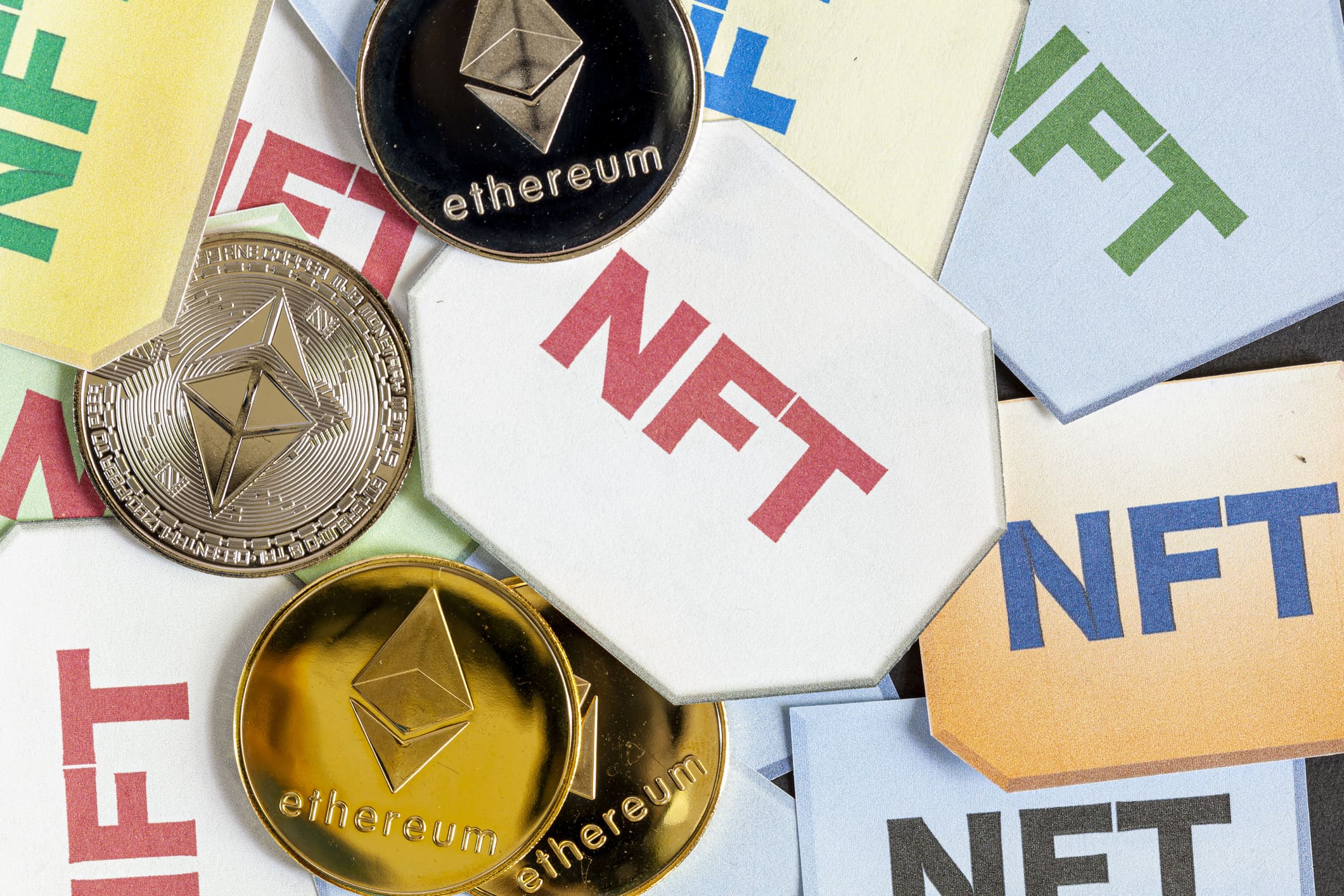Kenny Schachter, an art dealer, columnist for Artnet and self-proclaimed nonfungible tokens evangelist, believes that the digital works could eclipse the traditional art market within five years.
This month cryptocurrency exchange Coinbase and the auction house Sotheby’s, which has been around since 1744, both announced they’d be launching NFT marketplaces.
NFTs, or nonfungible tokens, are unique assets that can’t be replaced with something else, and are verified and stored using blockchain technology. They can include everything from music to a website domain, but the current craze is really around digital artwork.
More from Personal Finance:
Borrowers have a year to get another shot at public service loan forgiveness
5 benefits of a health savings account you may not know about
Avoid this costly Medicare mistake
CNBC spoke to experts in the space about the technology and what it means for investors and the future of art.
Where do people buy NFTs?
The digital artworks can be bought on online marketplaces like Opensea.io, Niftygateway.com and Superrare.com.
Noted traditional auction houses have also stepped into the space: At a recent Christie’s sale, a digital artwork was priced at $69 million. Meanwhile, Sotheby’s announced this month that it’s launching its own NFT marketplace.
“We are in a unique position at Sotheby’s to apply our expertise and curation to the burgeoning world of art for the digitally native generation,” said Sebastian Fahey, a managing director at the auction house.
What’s the size of the NFT market?
The market exceeded $10 billion in transaction volume in the third quarter of 2021, according to DappRadar, a company that tracks data on crypto-based applications.
How are NFTs priced?
“Ultimately, it’s what you can get away with,” Schachter said.
That being said, the reputation of the artist, including their gallery exposure and following size, are big factors, he added.
How are they taxed?
NFTs are typically taxed at the IRS’s collectibles rate, explained Shehan Chandrasekera, a CPA and head of tax strategy at crypto tax software company Cointracker.io.
That means that the appreciation on a digital artwork held for less than a year will be taxed at up to 37%, and those owned for longer will be levied at a maximum rate of 28%.
One important thing to note, Chandrasekera said, is that if someone uses cryptocurrencies to buy an NFT, they’ll also be dinged with capital gains taxes on the profits made on their digital coins.
“A lot of people don’t realize this,” he said. “They think, ‘I just used my crypto. I didn’t cash out.’ People have to be very careful of that.”
Why do people often buy NFTs with cryptocurrencies?
There’s simply a huge overlap between those interested in the digital coins and those interested in NFTs, Schachter said. “These are digitally native people who live on the internet.”
And many people who’ve seen their cryptos skyrocket in value have had few ways to spend them until now. It’s not as easy, for example, to buy a house or car with bitcoin or ethereum.
“There’s been this crazy demand, and now all of a sudden there’s something to buy,” Schachter said.
What are the criticisms?
Much of the criticism of NFTs comes from the traditional art world because it’s scared of the disruption, Schachter argued.
“The first order of attack is just to equate it with a currency,” Schachter said. “‘It’s just money.’ Well, what’s more money than art stored in a freeport that’s never seen?”
Other naysayers argue that art should be observed in museums and in person, not on screens. “But there’s already dedicated hardware to look at NFTs at your desk,” Schachter said. “It’s a standalone device that plays your NFTs in a loop.”
The genie is out of the bottle, and this is just going to grow.Kenny Schachterart dealer
Still, skeptics abound.
Anil Dash, an entrepreneur who writes about NFTs, said the space is dominated by people disguising their desires to make money in a passion for art.
“These are a lot of the same people buying meme stocks,” Dash said. “They don’t think GameStop is suddenly going to get really good at selling videogames any more than they think this lousy drawing of an ape is really monetarily valuable.”
What are the risks?
Schachter said buyers have to be really careful with storing their digital artworks online, but he said that’s no different than how one should treat their online bank accounts.
He said fakes are another issue: “Whenever there’s money on the table, there’s going to be criminality.”
The main danger, though, is that you lose all your money because a digital artwork loses its value.
Is it really art?
There have already been NFT exhibits in a number of major cities, including London and Cologne.
Meanwhile, a museum dedicated to NFTs will soon be coming to Midtown Manhattan.
“The genie is out of the bottle, and this is just going to grow,” Schachter said.
Rather than replace older artforms like sculpture and paintings, he said, the technology will co-exist with them.
“There will be 3-D hologram projections of sculptures where you just flick on a switch and it’s sitting in your room,” he said.
